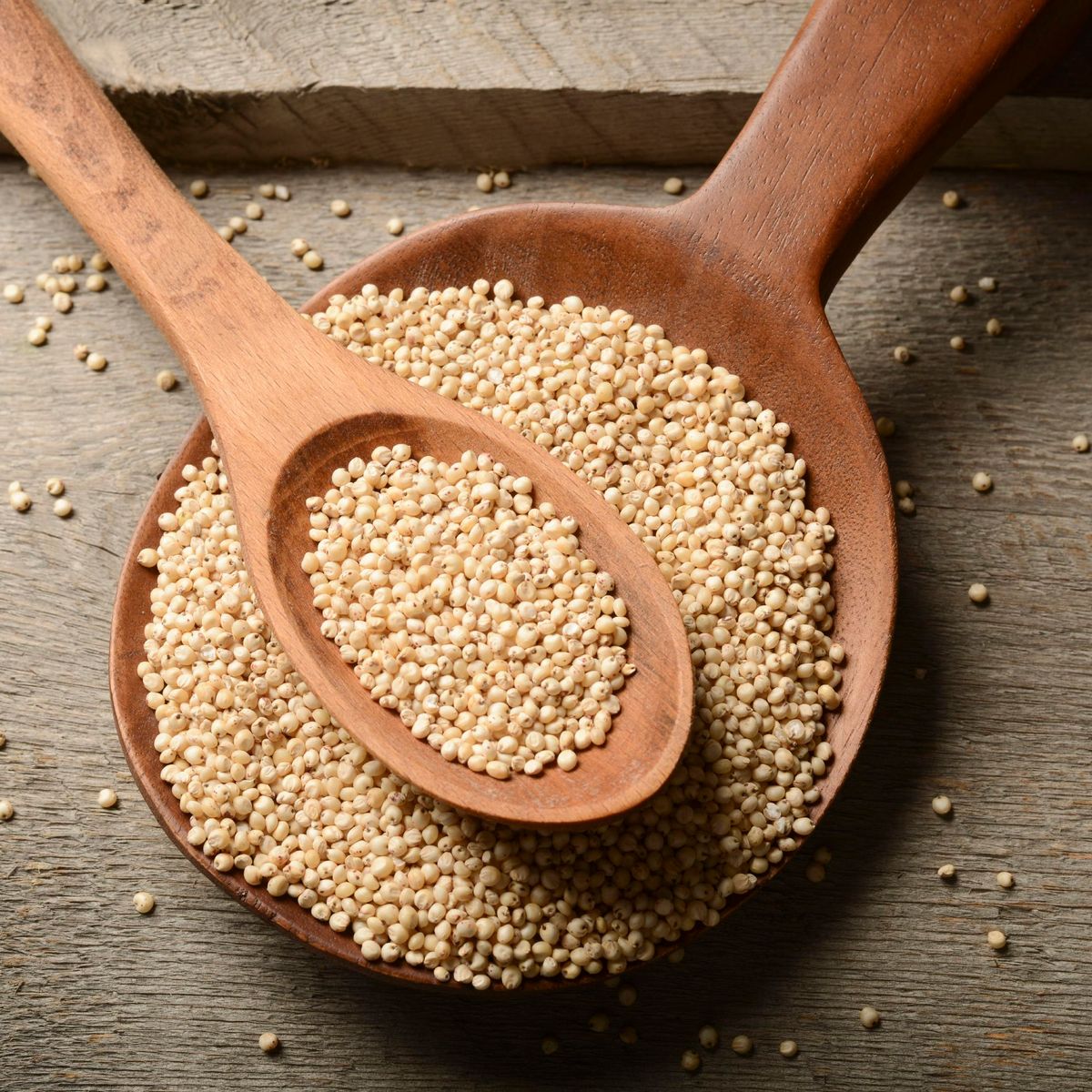How to Eat Sorghum: A Protein-Packed Grain You Can Bake, Boil, or Pop
If you’re looking to add a new superfood to your diet, consider sorghum. This ancient grain, often under the radar in many American kitchens, is gaining popularity for its impressive nutritional profile and versatility. Whether you’re a seasoned home cook or someone looking for new ingredients, sorghum offers endless possibilities.
What Is Sorghum?
Sorghum, scientifically known as Sorghum bicolor, is a cereal grain in the grass family. Although it may not be as familiar as rice or quinoa, it’s an ancient crop that’s been cultivated for thousands of years. Sorghum has roots in Africa and spread to countries like India, China, and the United States. Today, it’s a vital crop in the U.S. and is primarily grown in the region known as the Sorghum Belt (from South Dakota through southern Texas).
Sorghum grains resemble quinoa—small, round, and nutty in flavor—coming in various colors, including red, white, orange, bronze, tan, and black. Its taste is earthy and chewy, and it’s packed with nutrition.
Why Eat Sorghum?
Sorghum isn’t just a grain; it’s a nutritional powerhouse. Here’s why it deserves a place in your pantry:
- Rich in Nutrients: Sorghum contains 12 essential nutrients. A half-cup serving has more iron than a 3-ounce sirloin steak and more vitamin B6 than seven cups of raw spinach!
- High in Protein and Fiber: Sorghum is a great source of plant-based protein and fiber, making it an excellent option for vegetarians and those looking to boost their protein intake.
- Antioxidants and Tryptophan: This ancient grain also contains antioxidants and tryptophan, an essential amino acid.
- Gluten-Free: Sorghum is naturally gluten-free, making it a great option for those with gluten sensitivities or celiac disease.
Sorghum: A Sustainable Crop
Sorghum is not only good for you—it’s good for the planet. It requires 36% less water than other grains and is grown primarily with rainwater, making it an eco-friendly choice. Sorghum also helps with soil protection, combating wind erosion and putting nutrients back into the earth.

